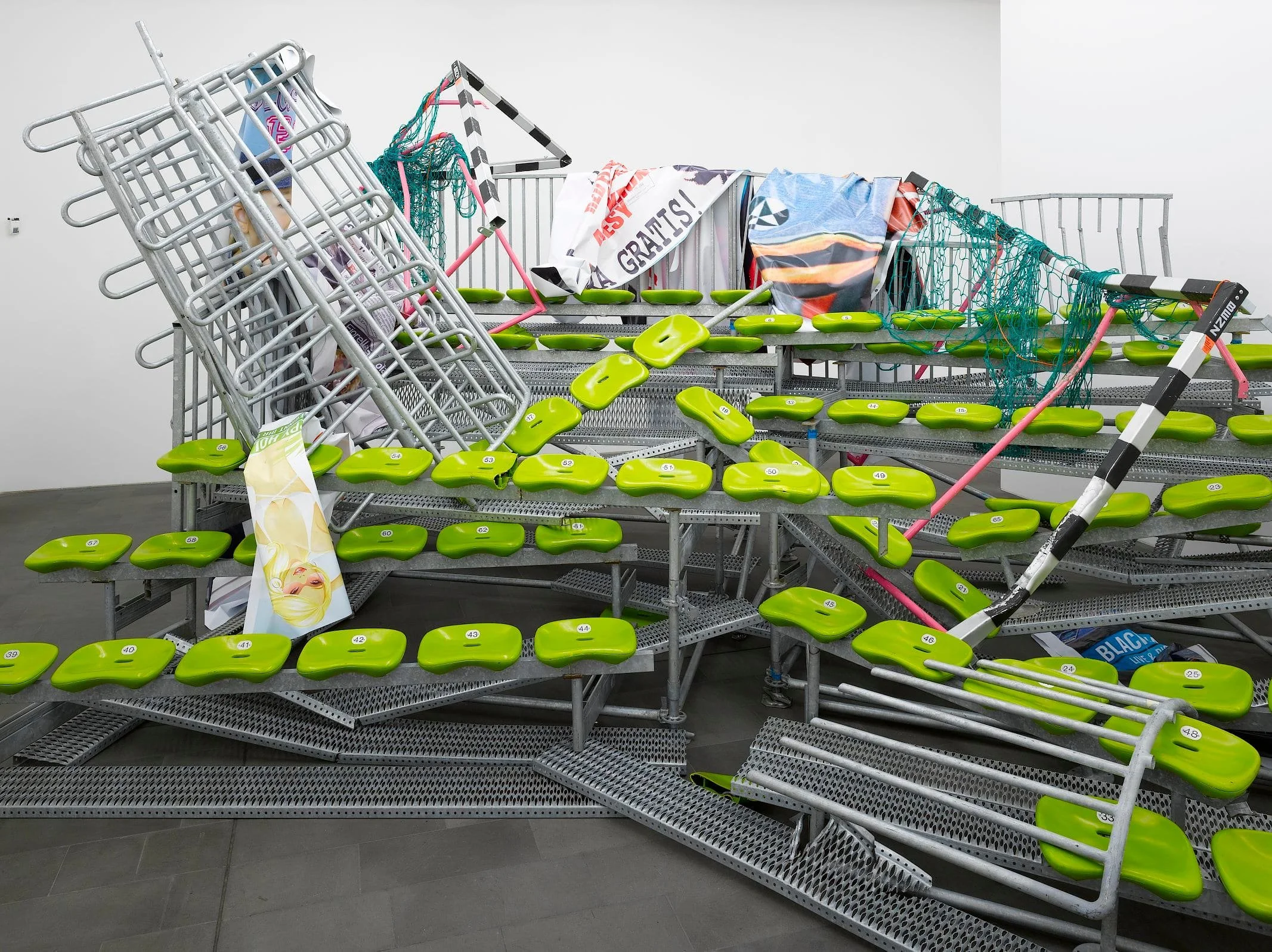Poetics of the System
By bending institutional, industrial, or bureaucratic systems into poetic form, artists reveal new channels for affect and ambiguity.
The era of anti-systemic rage in art may be waning. In its place, a subtler methodology is emerging — not the dismantling of systems, but their poetic activation. Artists are approaching code, plumbing, legality, and architecture not as structures to expose, but as languages to rewrite. The result is a new kind of form: affective, architectural, systematic, and strangely lyrical.
HSUBAND stages itself as a fictional fittings manufacturer — a company selling “closure” in its most literal and emotional forms. Pipes, valves, and connectors are arranged into display units, photographed like catalogue entries, and presented as perfectly standardised. Yet beneath the corporate tone lies a quiet psychoanalytic charge. “It’s not about love,” one text reads, “it’s about closure. Everything fits.” These aren’t sculptures — they’re propositions. Closure becomes a system, a product, a fetish. The cold precision of industrial logic is sublimated into metaphor, where mechanical compatibility mirrors emotional containment. Nothing leaks. Everything seals. Desire, here, is measured in thread count and torque.
Claudia Pagès Rabal approaches system through script. Her works are text-based environments that involve choreography, legal references, and aquatic imagery. “Text, law, and water — I treat them all as unstable structures,” she explains. In one installation, viewers walk across medieval water cisterns while hearing Mediterranean trade routes spoken aloud in fragmented syntax. Law becomes liquid. Language leaks. Structure does not disappear, it melts into something embodied.
Olaf Metzel’s large-scale public works continue this logic with more urgency. Crushed stadium seating, media detritus, and mangled railings are not symbols. They are the actual aftermaths of leisure, surveillance, and collapse. “I want to work with what already failed,” Metzel says. “It’s not critique. It’s evidence.” In his hands, the system is not abstract. It’s visible and bent — a broken grammar still capable of expressing something.
These artists are not trying to exit the system. They are composing with it. Their works don’t dream of utopia. They operate within existing architectures, using them as compositional tools. What results is a poetics born not from rejection, but from deep entanglement. The line between function and feeling blurs. Logic gives way to metaphor. And in that soft recalibration, something stubbornly human persists.

